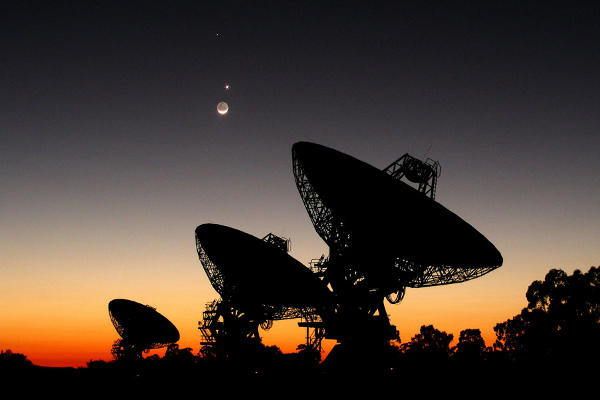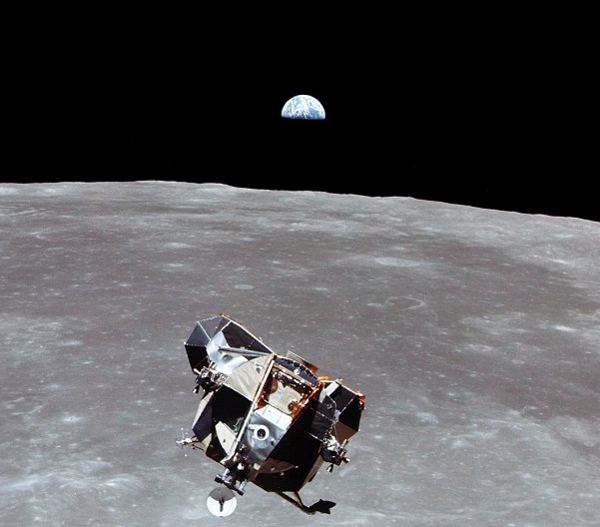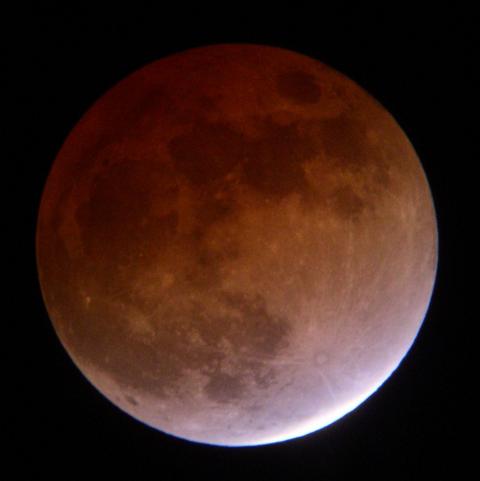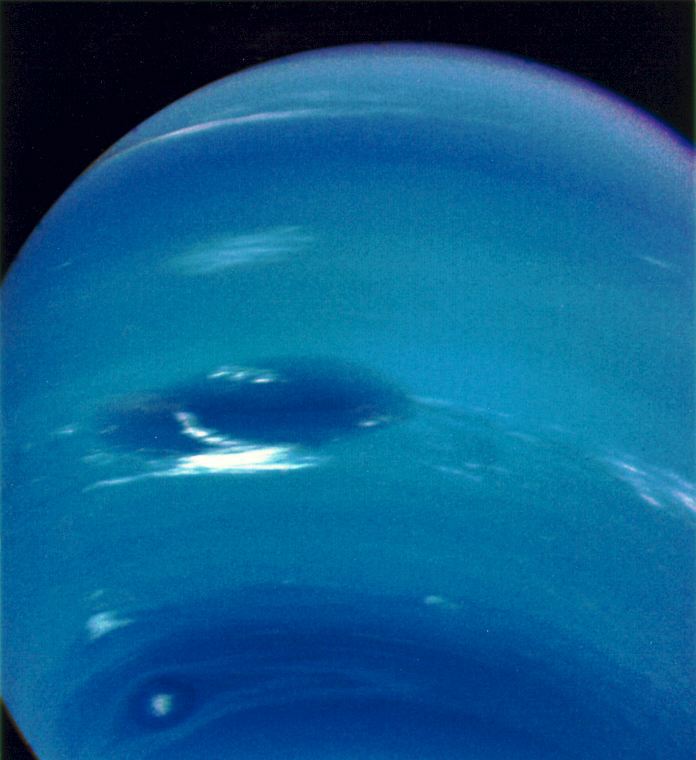
The Long Range Reconnaissance Imager (LORRI) took this picture of the open star cluster M7 in June, 2010 using a 100-millisecond manual exposure. The LORRI is part of NASA’s New Horizons spacecraft on its way to Pluto. Star cluster M7 (Messier 7) is also referred to as NGC 6475. It is an open cluster of stars in the constellation of Scorpius that is visible with the naked eye. This star cluster has been seen by humans since ancient times, and has also been called the Ptolemy Cluster after being discovered by the by the first century Greek-Roman astronomer, Ptolemy.



